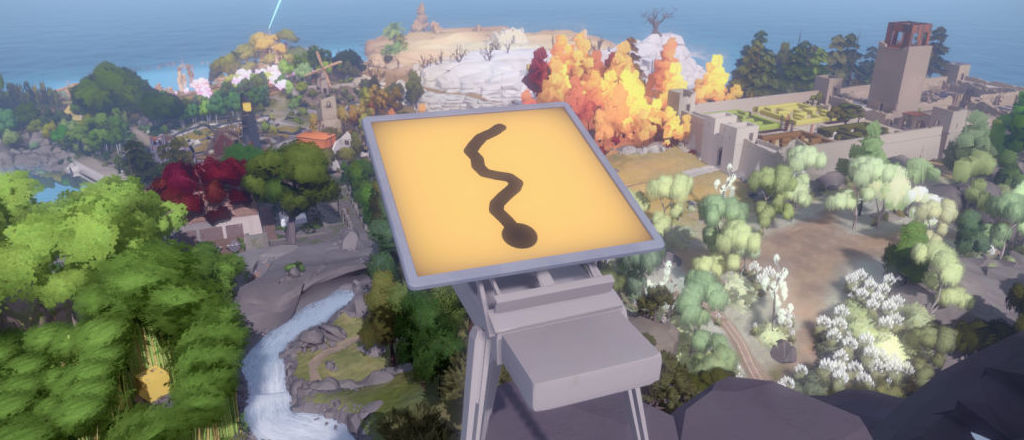Developer: Thekla | Released: 2016 | Genre: Adventure, First Person
After completing Pneuma, one of my friends gifted me this game on Steam – removing it from my wish list. He spoke of his endeavors in this game and it got me enticed. I installed and started it almost immediately and played it for more than 5 hours yesterday. Enough to dish out my first impressions about it.
I completed Jonathan Blow’s puzzle platformer Braid back in 2012 and have had an eye on his next game ever since. It seemed like quite a quantum leap from Braid – from a 2D platformer to a completely open world puzzle game in a pretty 3D engine. I didn’t care much for the pretentious story and ditto quotes in Braid, but the gameplay was truly awesome. It had so many time manipulating ideas that really surprised me by how ingenious they were. And just as I thought I had seen it all, Jonathan Blow managed to conjure up yet another fresh approach.
Suffice to say, I was very curious about The Witness.
Of course The Witness just had to be one of those modern games that starts immediately without a title screen, just like e.g. Limbo. You could say that as long as the spot is as secluded and safe as it is, but I don’t know. I’m probably old fashioned, but I actually like a title screen up front as the first thing.
Then again, ten years ago I didn’t care much for digital games and stubbornly wanted a disc in a box, and look at me now. Why waste shelf space on a box when you can have it on Steam?
So maybe in a few years, title screens will be the annoying thing.
The game started with very small baby steps indeed. Almost all puzzles seemed to be based on using the mouse to draw a line through a maze on a panel, and it started with the basic straight line, then an angled line, and so forth. Soon mazes appeared with dead ends, and the starter area made it clear how the panels turned on more panels through wires now lit up, meandering through the grass and over walls. So, lots of following wires and finding new panels with puzzles to solve.


























































































































































